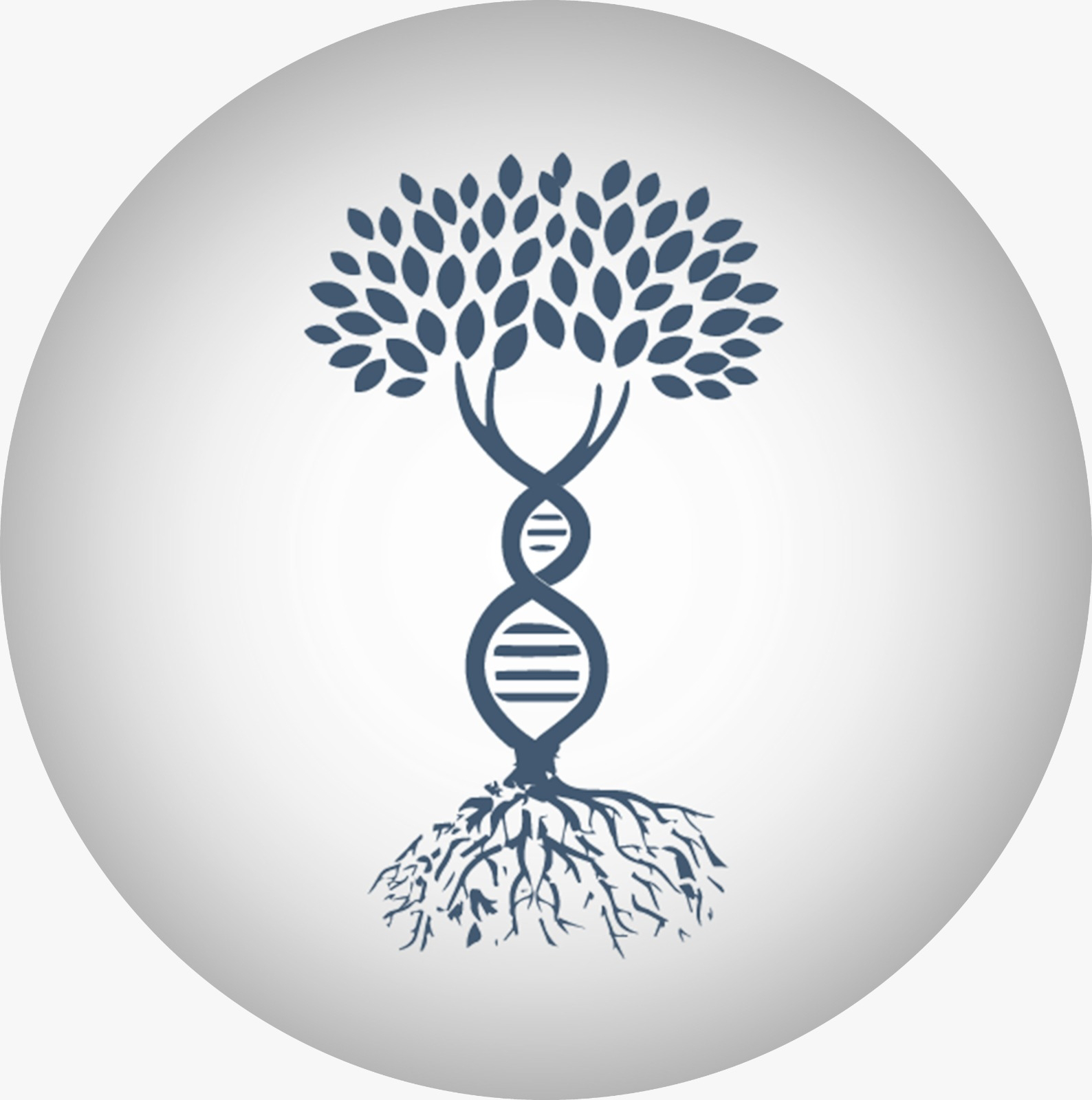Chapter 6: Natural Selection and Adaptation: The Engine of Evolution
Chapter 6: Natural Selection and Adaptation: The Engine of Evolution
One of the most recognized and important concepts in evolutionary theory is natural selection. This theory, proposed by Charles Darwin in the 19th century, suggests that organisms with traits best suited to their environmental conditions will survive and reproduce, passing their genetic information to the next generation. However, natural selection alone does not drive evolutionary change. The concept of adaptation is also a crucial part of the evolutionary process. Adaptation refers to the biological features that allow organisms to adjust to environmental conditions. Natural selection shapes evolutionary change by selecting for adaptations.
In this chapter, we will explore how natural selection works, how organisms adapt to their environments, and the role these processes play in evolution.
What is Natural Selection?
Natural selection is a process in which individuals with traits that are better suited to their environment are more likely to survive and reproduce. This mechanism, named by Darwin, arises from the interaction between individual differences in organisms and environmental factors. These differences may be genetic traits that increase the chances of survival and reproduction.
Natural selection operates in populations with genetic diversity. In other words, small genetic differences (such as body color, tolerance to food, or speed) within organisms arise under the influence of natural selection. These differences increase the survival chances of individuals who are better suited to their environment, while those less suited to the environment are less likely to survive.
The key principles of natural selection are:
Differences: Genetic differences exist between individuals in a population. These differences determine how well an organism adapts to environmental conditions.
Individual Competition: Resources are limited, so individuals compete for survival.
Adaptation: Organisms that adapt best to their environment have a higher chance of reproducing.
Evolutionary Change: Over time, traits that aid in adaptation become more prevalent in the population, leading to the evolutionary development of the species.
Natural Selection and Adaptation: Traits That Ensure Survival
Natural selection fosters the accumulation of traits that allow organisms to better adapt to their environments. These traits facilitate survival and reproduction. This process is called adaptation.
Adaptations are biological changes that enhance an organism's ability to survive in its environment. These changes can be seen in everything from external appearance to internal biological functions. For example, animals living in cold climates have thick fur coats, while those in hot climates are adapted with thinner fur. These adaptations arise as a result of natural selection, making organisms better suited to their environments.
Example 1: Deer and Camouflage
Some animals change color to blend into their surroundings. For instance, deer living in forested areas match the color of the forest floor, protecting them from predators. These color changes are a result of natural selection. Deer with better camouflage survive longer, passing on this trait to the next generation.
Example 2: Adapting to Low Oxygen Levels: High Altitudes
Some animals living in mountainous regions have developed special adaptations to survive in environments with low oxygen levels. For example, wild goats at high altitudes produce more red blood cells, increasing their oxygen-carrying capacity. This adaptation helps them survive in high-altitude conditions.
Types of Natural Selection
Natural selection not only involves adaptation to environmental conditions but also encompasses the interactions between organisms and their responses to environmental challenges. Based on different environmental factors, three main types of natural selection occur:
1. Directional Selection
This type of selection causes a particular trait to become more pronounced over time. For example, species living in hot regions may develop shorter legs, which is an example of directional selection. This trait increases their adaptability, and over time, it may spread throughout the population.
2. Disruptive Selection
Disruptive selection causes a population to develop two distinct traits at opposite ends (for example, large and small sizes), encouraging deviations from the average characteristics. This can lead to the emergence of new species.
3. Stabilizing Selection
Stabilizing selection maintains the average traits within a population and avoids extremes. It helps organisms survive by favoring characteristics that are neither too large nor too small.
Evolution and Gene Flow
The effectiveness of natural selection is directly related to genetic diversity. Genetic diversity refers to the genetic differences between individuals in a population. As natural selection acts on traits that best fit the environment, increased genetic diversity strengthens the population's adaptability. This diversity accelerates evolutionary processes.
Furthermore, a process called gene flow also directly affects evolution. Gene flow refers to the exchange of genetic material between different populations. When two populations merge, new genetic diversity can emerge, which in turn influences how natural selection operates.
Conclusion
Natural selection and adaptation are the cornerstones of evolutionary processes. These mechanisms allow organisms to develop the traits necessary to survive and reproduce in their environments, passing these traits on to future generations. While natural selection determines the most suitable traits, adaptation is the process through which organisms acquire those traits. Together, these dynamic processes drive evolutionary change, ensuring species evolve over time.









Comments